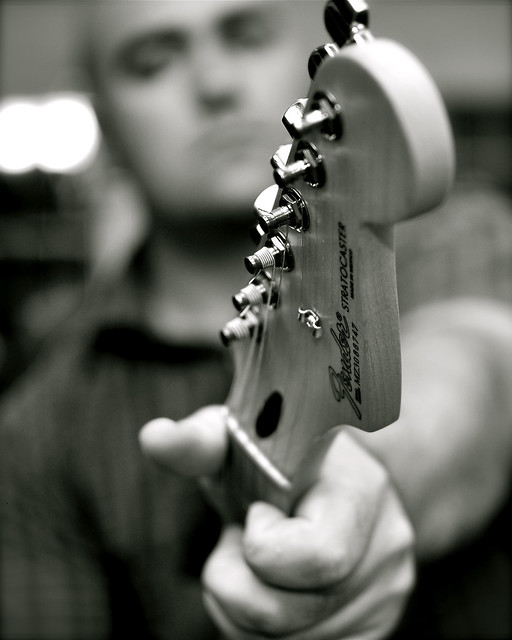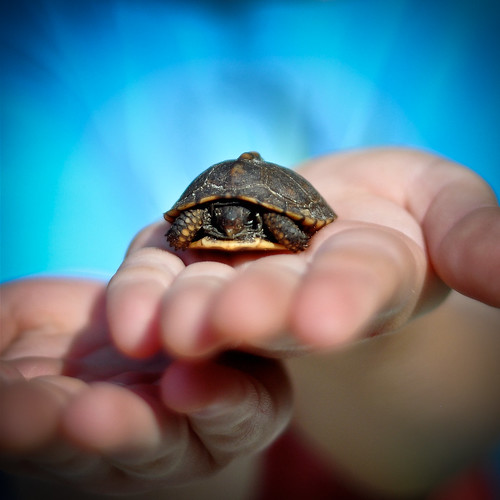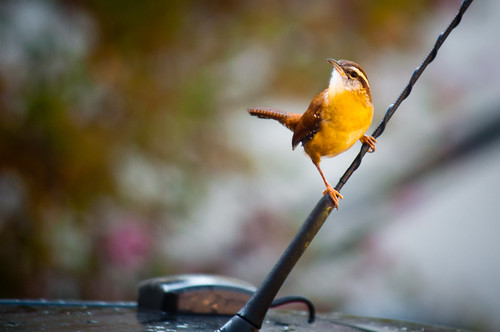Fun With Shapes & Holiday Lights
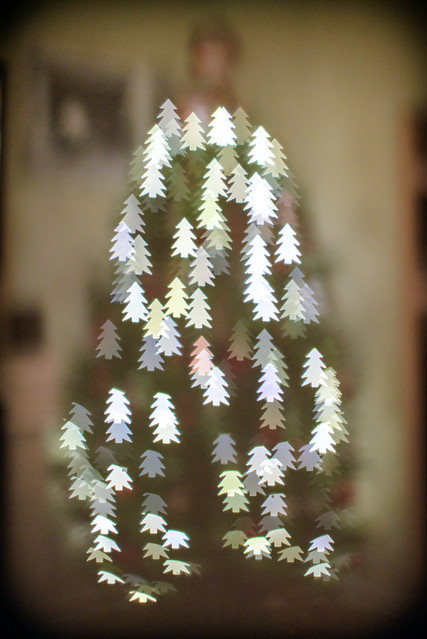
Here’s something fun that you can do with your DSLR (or any camera that lets you shoot out of focus).
1) Cut a shape into an index card
2) Set your camera to manual focus and defocus it so that it’s completely out of focus, or use a large aperture and shoot something in the foreground in focus so that the background is out of focus.
3) Hold the index card in front of your lens and try to center it so that all of the points of light take your cut-out’s shape.
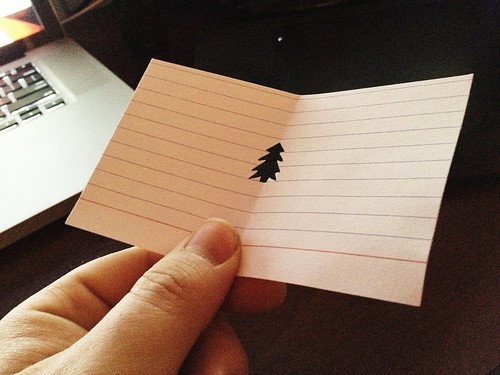
Here’s an example with something in focus in the foreground (the shapes are less dramatic here, but you can start to see some more creative possibilities):

